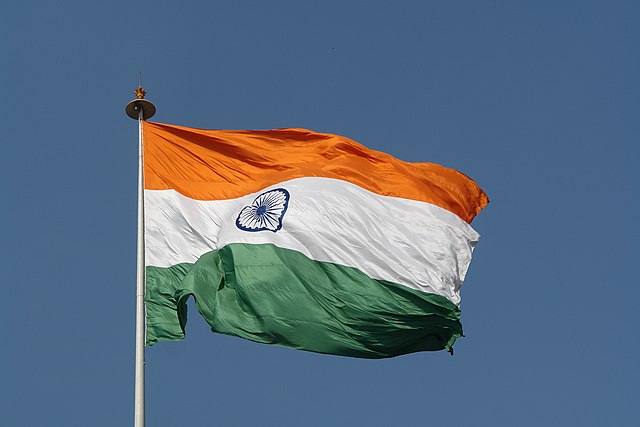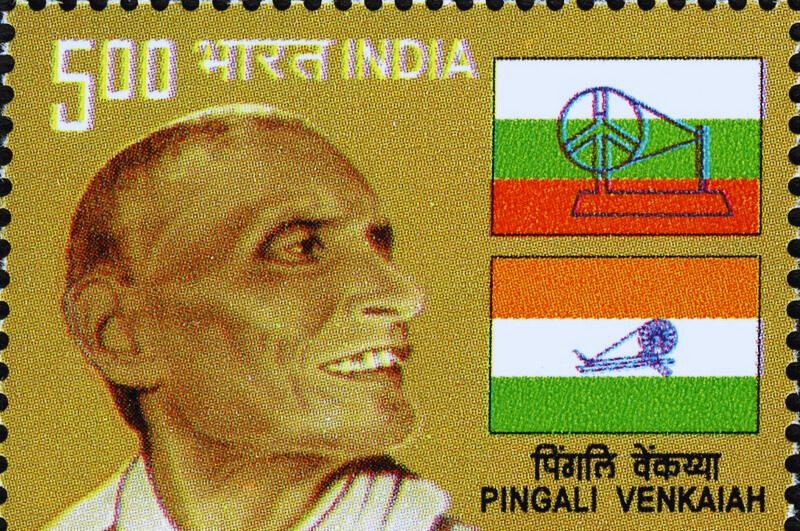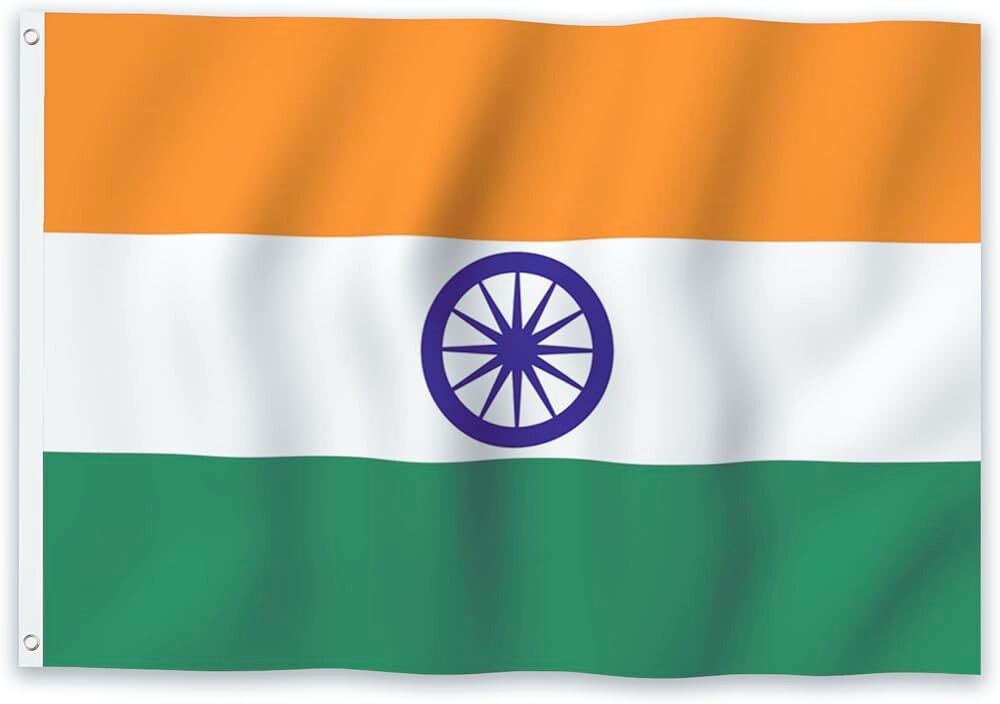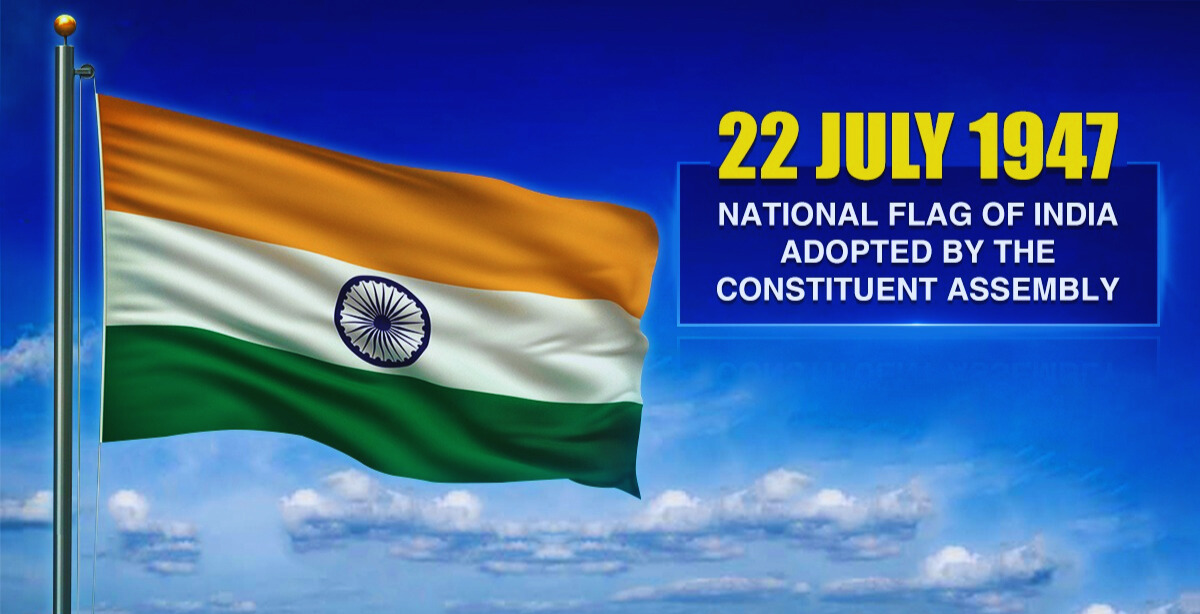Introduction
In the vibrant tapestry of India’s history, one element that stands out proudly is its national flag. The tricolor, with its deep saffron, pristine white, and dark green hues, holds the spirit of a nation within its folds. But have you ever wondered, as you stand in awe of this emblematic flag, who the mastermind behind its design was? Join us on a journey through time and patriotism as we unravel the mystery of who designed the national flag of India!
The Birth of a Symbol: Who Designed the National Flag of India?

The origins of India’s national flag trace back to the early 20th century, during a tumultuous period marked by the struggle for independence. The quest for a symbol that could unite the diverse nation under a common banner was underway. It was in this fervor that the need for a distinct flag became evident.
Enter Pingali Venkayya: The Visionary Poet and Freedom Fighter

A Man of Many Talents
- Pingali Venkayya, a multifaceted personality, was not just a freedom fighter but also a poet and an avid linguist.
- Born on August 2, 1876, in the coastal town of Bhatlapenumarru in Andhra Pradesh, Venkayya’s life was destined to intertwine with the threads of history.
The Journey Begins
- Venkayya’s journey towards designing the national flag started with his involvement in the freedom struggle alongside leaders like Mahatma Gandhi.
A Symbolic Vision
- In 1921, during a session of the Indian National Congress, Venkayya proposed a design for the national flag that encapsulated the essence of India’s cultural and historical richness.
The Design: Unraveling the Symbolism
The Colors: More Than Meets the Eye

1. Saffron: The Strength of the Nation
- The top band of saffron in the flag represents courage and sacrifice. It symbolizes the strength and valor of the nation.
2. White: Purity and Truth
- The middle band of white signifies truth and peace. It embodies the purity of thought and action that should guide the nation.
3. Green: Faith and Fertility
- The bottom band of green represents faith and fertility. It echoes the faith of the people in the nation’s destiny and the lush green landscapes that nurture life.
4. The 24-Spoked Wheel: Unity in Diversity
- The navy blue Ashoka Chakra at the center, with 24 spokes, represents the wheel of law and dharma. It signifies the eternal wheel of life and the importance of unity in diversity.
The Symbolism Woven in Khadi
- The national flag was intended to be made from khadi, a hand-spun, and handwoven fabric, emphasizing self-reliance and the promotion of the indigenous textile industry.
The Unfurling: From Dream to Reality
As India marched towards independence on August 15, 1947, the tricolor, designed by Pingali Venkayya, was unfurled for the first time. The significance of that moment resonates through history, symbolizing not just the end of colonial rule but the birth of a sovereign nation.
A Legacy That Lives On
- The national flag of India remains a powerful symbol, a testament to the indomitable spirit of its people.
- Pingali Venkayya’s legacy endures, not only as the designer of the flag but as a patriot whose vision contributed to shaping the identity of a nation.
Conclusion
So, as you stand with your hand over your heart, looking at the tricolor fluttering in the breeze, take a moment to appreciate the brilliance of Pingali Venkayya. He wasn’t just a man who designed the national flag of India; he was an artist who painted the dreams of a free and united nation onto a canvas of hope and determination. The flag, with its vibrant hues and symbolic intricacies, is more than a piece of cloth; it’s a living testament to the resilience and diversity of India – a nation that stands tall under the colors of saffron, white, and green, guided by the eternal wheel of progress and unity.
Read also: Who is Shikhar Pahariya? The Journey of an Entrepreneur
FAQs: Unraveling Your Curiosities
Q. Did Pingali Venkayya Design the Flag Single-Handedly?
No, Venkayya collaborated with other leaders and experts to refine and finalize the design. It was a collective effort, reflective of the collaborative spirit of the freedom movement.
Q. Were There Alternative Designs Considered?
Yes, there were several proposals, but Venkayya’s design was chosen for its simplicity, symbolism, and representation of India’s diverse cultural heritage.
Q. Who Manufactured the First Flag?
Suraiya Badruddin Tayyabji, an Indian freedom fighter, and a member of the Indian National Congress was entrusted with the task of manufacturing the first national flag.




